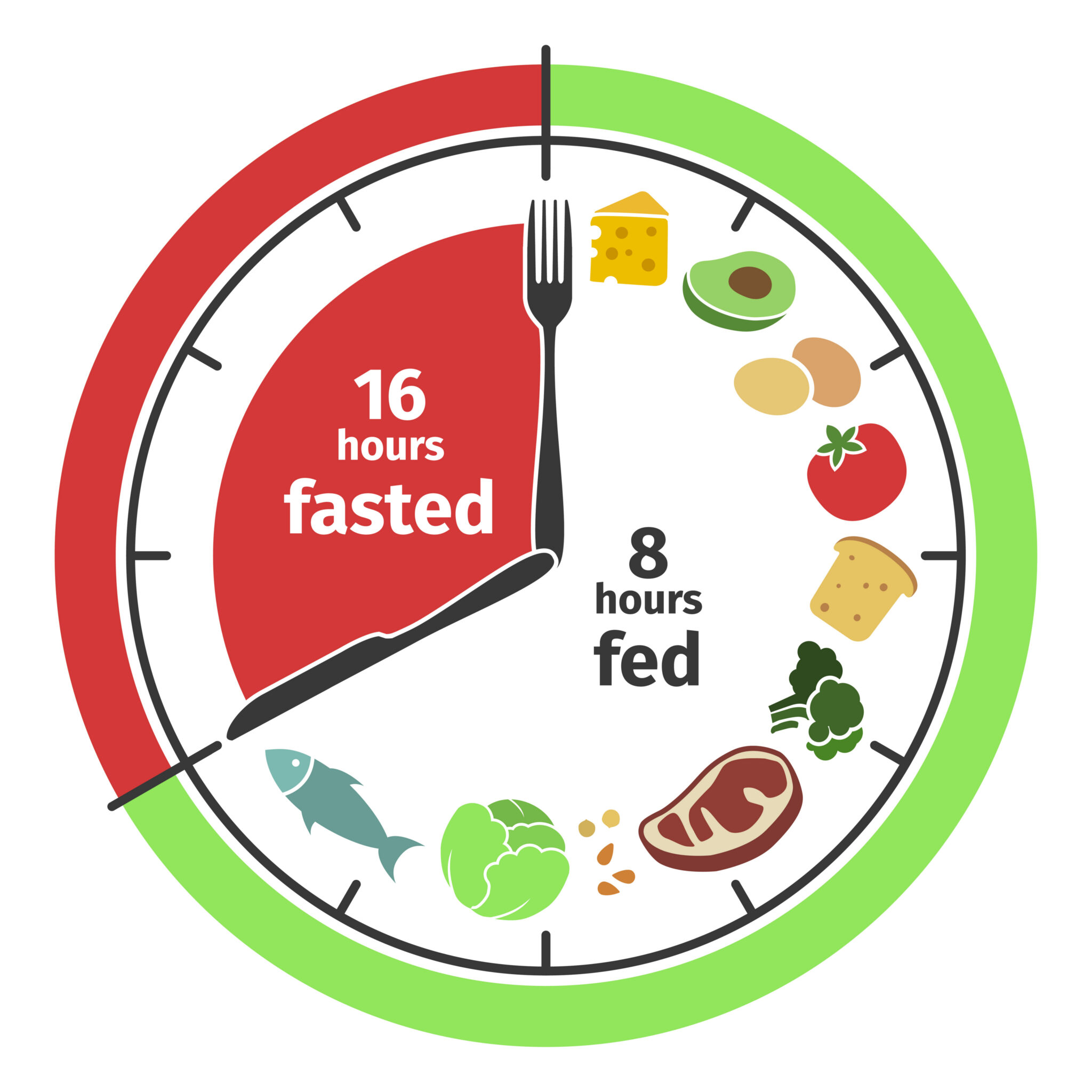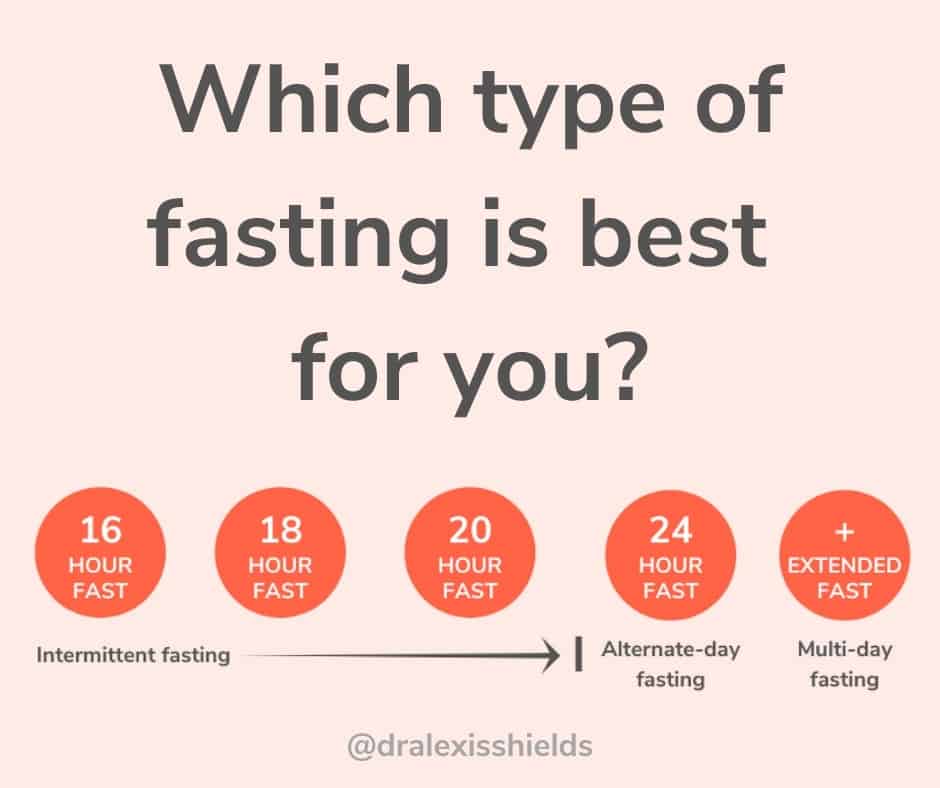Demystifying Fasting: An Overview of the Process
Fasting is an ancient practice that has gained popularity in recent years due to its numerous health benefits. At its core, fasting involves abstaining from food and drink for specific periods, allowing the body to enter a state of rest and rejuvenation. There are various forms of fasting, including intermittent fasting, prolonged fasting, and water fasting, each with its unique set of advantages and challenges. Among these stages, day 2 of fasting holds particular significance, as it marks a critical juncture where the body begins to adapt to the new eating pattern and unlocks various health benefits.
The Science Behind Fasting: Hormonal Adaptations on Day 2
As the body adapts to fasting, several hormonal changes occur, with day 2 marking a significant turning point. Among these hormones, human growth hormone (HGH), insulin, and glucagon play crucial roles in facilitating the benefits of fasting. HGH, often referred to as the “fitness hormone,” is secreted in larger amounts during fasting, promoting fat loss and muscle preservation. Insulin levels, which typically spike after meals, decrease during fasting, allowing the body to access stored fat for energy. Glucagon, a hormone that raises blood sugar levels, works in tandem with insulin to maintain optimal blood sugar levels and ensure the body has enough energy to function.
These hormonal adaptations contribute to various health improvements, such as increased fat burning, improved insulin sensitivity, and enhanced cellular repair. By understanding the science behind these changes, readers can better appreciate the potential benefits of day 2 of fasting and the role it plays in the overall fasting experience.
Navigating the Emotional Challenges of Fasting: Day 2 Insights
Fasting, particularly on day 2, can evoke a range of emotions, from heightened hunger and cravings to feelings of irritability and low energy. These emotional challenges are a natural part of the fasting process, and understanding how to navigate them can significantly improve the overall fasting experience. To maintain a positive mindset throughout day 2 of fasting, consider the following practical tips and strategies:
-
Embrace the discomfort: Acknowledge that hunger and cravings are temporary and will pass. Adopting a growth mindset can help you reframe discomfort as an opportunity for personal growth and self-discovery.
-
Stay busy: Engage in activities that distract you from hunger and cravings. This could include exercise, hobbies, or socializing with friends and family.
-
Practice mindfulness: Develop a mindfulness practice, such as meditation or deep-breathing exercises, to help manage stress and anxiety associated with fasting.
-
Connect with others: Share your fasting journey with like-minded individuals who can offer support, encouragement, and advice. Joining online forums or support groups can be an excellent way to connect with others who are also navigating day 2 of fasting.
-
Plan ahead: Anticipate emotional challenges by preparing healthy, whole foods for your post-fast meals. This can help alleviate feelings of guilt or anxiety associated with overindulging after a fast.
By implementing these strategies, readers can better navigate the emotional challenges of day 2 of fasting and develop a more positive, empowering mindset throughout their fasting journey.
Maximizing the Benefits of Autophagy: A Day 2 Focus
Autophagy, a cellular cleanup process that occurs naturally in the body, is heightened during fasting, particularly on day 2. This process involves the breakdown and recycling of damaged cell components, promoting overall health and longevity. By understanding the role of autophagy in fasting and implementing strategies to boost its effectiveness, readers can maximize the benefits of day 2 and support their long-term well-being.
-
Exercise: Engaging in physical activity, especially on day 2 of fasting, can enhance autophagy. Aim for moderate-intensity exercise, such as walking, jogging, or cycling, to stimulate cellular repair and renewal.
-
Fasting duration: Extending the fasting window on day 2 can further boost autophagy. However, it is essential to listen to your body and avoid pushing yourself too hard, as individual fasting tolerances may vary.
-
Quality sleep: Prioritizing quality sleep is crucial for optimizing autophagy. Aim for 7-9 hours of uninterrupted sleep each night, particularly on day 2, to support cellular repair and renewal.
-
Caloric restriction: Implementing a caloric restriction strategy, either through intermittent fasting or a reduced-calorie diet, can further stimulate autophagy and contribute to overall health improvements.
By incorporating these strategies on day 2 of fasting, readers can enhance autophagy and promote overall health and longevity.
How to Optimize Your Diet: Pre- and Post-Fasting Nutrition Strategies
Proper nutrition before and after fasting, particularly on day 2, plays a crucial role in maximizing the benefits of your fasting journey. By following evidence-based recommendations and considering factors such as digestion, nutrient absorption, and overall well-being, you can ensure a smooth and successful fasting experience.
Pre-fasting nutrition
Prepare your body for day 2 of fasting by consuming a nutrient-dense, whole-food meal in the hours leading up to your fast. Focus on foods rich in protein, healthy fats, and complex carbohydrates to promote satiety and support optimal digestion. Some examples of pre-fasting meals include:
-
Grilled chicken with roasted vegetables and quinoa
-
Baked salmon with sweet potato and steamed broccoli
-
Lentil soup with a side salad and whole-grain bread
Post-fasting nutrition
Breaking your fast on day 2 with a well-balanced meal is essential for replenishing nutrients, supporting digestion, and kickstarting the recovery process. Aim to consume a meal rich in protein, healthy fats, and fiber to promote satiety and prevent overeating. Some examples of post-fasting meals include:
-
Greek yogurt with mixed berries, nuts, and a drizzle of honey
-
Avocado toast with poached eggs and a side of mixed greens
-
Stir-fried tofu with mixed vegetables and brown rice
By following these pre- and post-fasting nutrition strategies on day 2, you can optimize your fasting experience and support your overall health and well-being.
The Role of Hydration in Fasting: Day 2 Best Practices
Staying properly hydrated is essential during fasting, particularly on day 2, as it helps maintain optimal bodily functions, supports digestion, and assists in nutrient absorption. By understanding the importance of hydration and implementing best practices, you can ensure a successful and enjoyable fasting experience on day 2.
Benefits of hydration during fasting
Proper hydration during fasting offers numerous benefits, such as improved cognitive function, enhanced physical performance, and better overall well-being. Additionally, staying hydrated can help alleviate symptoms associated with the “keto flu,” a common side effect experienced during the early stages of fasting.
Types of fluids to consume
When hydrating during day 2 of fasting, opt for non-caloric beverages to avoid breaking your fast. Some suitable options include:
-
Water: Still or sparkling, water is the best option for hydration during fasting.
-
Unsweetened tea: Herbal, black, or green tea can provide additional health benefits and add variety to your hydration routine.
-
Black coffee: Limit your intake to one or two cups per day, as excessive caffeine can interfere with sleep and digestion.
Potential pitfalls to avoid
Be mindful of certain beverages and practices that can hinder your hydration efforts on day 2 of fasting:
-
Sugary drinks: Avoid beverages with added sugars, as they can spike insulin levels and disrupt your fast.
-
Artificially sweetened drinks: Some artificial sweeteners can trigger an insulin response, so it’s best to avoid them during fasting.
-
Overhydration: Drinking too much water can lead to hyponatremia, a condition characterized by low sodium levels in the blood. Aim to drink enough to quench your thirst and maintain clear urine.
By following these day 2 hydration best practices, you can support your fasting journey and promote overall health and well-being.
Real-Life Experiences: Success Stories from Day 2 Fasters
Hearing about the experiences of others who have successfully navigated day 2 of fasting can provide valuable insights, motivation, and encouragement. Here, we share inspiring stories from individuals who have overcome challenges and achieved their fasting goals.
Samantha’s story: Embracing the emotional journey
Samantha, a 35-year-old marketing manager, found that acknowledging her emotions on day 2 of fasting was crucial to her success. “I realized that hunger and cravings were temporary, and accepting them as part of the process helped me stay focused and positive,” she shared. By practicing mindfulness and engaging in activities she enjoyed, Samantha was able to maintain a positive mindset and overcome emotional challenges.
John’s story: Finding support and accountability
John, a 42-year-old software engineer, emphasized the importance of seeking support from like-minded individuals. “Joining a fasting community and sharing my progress with friends and family kept me motivated and accountable,” he explained. By surrounding himself with a supportive network, John was able to navigate day 2 of fasting and achieve his health goals.
Sarah’s story: Adjusting expectations and celebrating small victories
Sarah, a 30-year-old graphic designer, found that adjusting her expectations and celebrating small victories helped her overcome challenges on day 2 of fasting. “I learned to be patient with myself and celebrate my progress, even if it was just making it through a single day of fasting,” she said. By focusing on her achievements and remaining patient, Sarah was able to successfully incorporate day 2 of fasting into her lifestyle.
These success stories demonstrate that with the right mindset, support, and strategies, day 2 of fasting can be a rewarding and transformative experience. By learning from the experiences of others, readers can gain the confidence and knowledge needed to embark on their own fasting journey.
Integrating Fasting into Your Lifestyle: Making Day 2 a Habit
Incorporating day 2 of fasting into your long-term lifestyle requires careful planning, commitment, and consistency. By setting realistic goals, tracking progress, and seeking support, you can turn day 2 of fasting into a sustainable habit that promotes overall health and well-being.
Set realistic goals
Begin by establishing achievable fasting goals based on your current lifestyle, schedule, and personal preferences. For some, this may mean committing to a daily 16-hour fast, while others might opt for a weekly 24-hour fast. Regardless of your chosen fasting method, ensure that your goals are specific, measurable, attainable, relevant, and time-bound (SMART) to maximize your chances of success.
Track your progress
Monitoring your progress is essential for maintaining motivation and identifying areas for improvement. Consider using a fasting app or a simple journal to track your fasting hours, hunger levels, energy levels, and overall well-being. Regularly reviewing your progress can help you adjust your fasting routine as needed and celebrate your achievements along the way.
Seek support
Surrounding yourself with like-minded individuals who share your health and wellness goals can provide invaluable support, encouragement, and accountability. Join a fasting community, attend local meetups, or engage with fellow fasters online to share experiences, strategies, and success stories. Having a strong support system can make all the difference in your fasting journey, particularly on day 2.
Be patient and persistent
Remember that integrating day 2 of fasting into your lifestyle is a marathon, not a sprint. Be patient with yourself, acknowledge your progress, and remain persistent in the face of challenges or setbacks. Over time, day 2 of fasting can become a fulfilling and empowering aspect of your overall health and wellness routine.
https://www.youtube.com/watch?v=XCvUf9WU4qI







